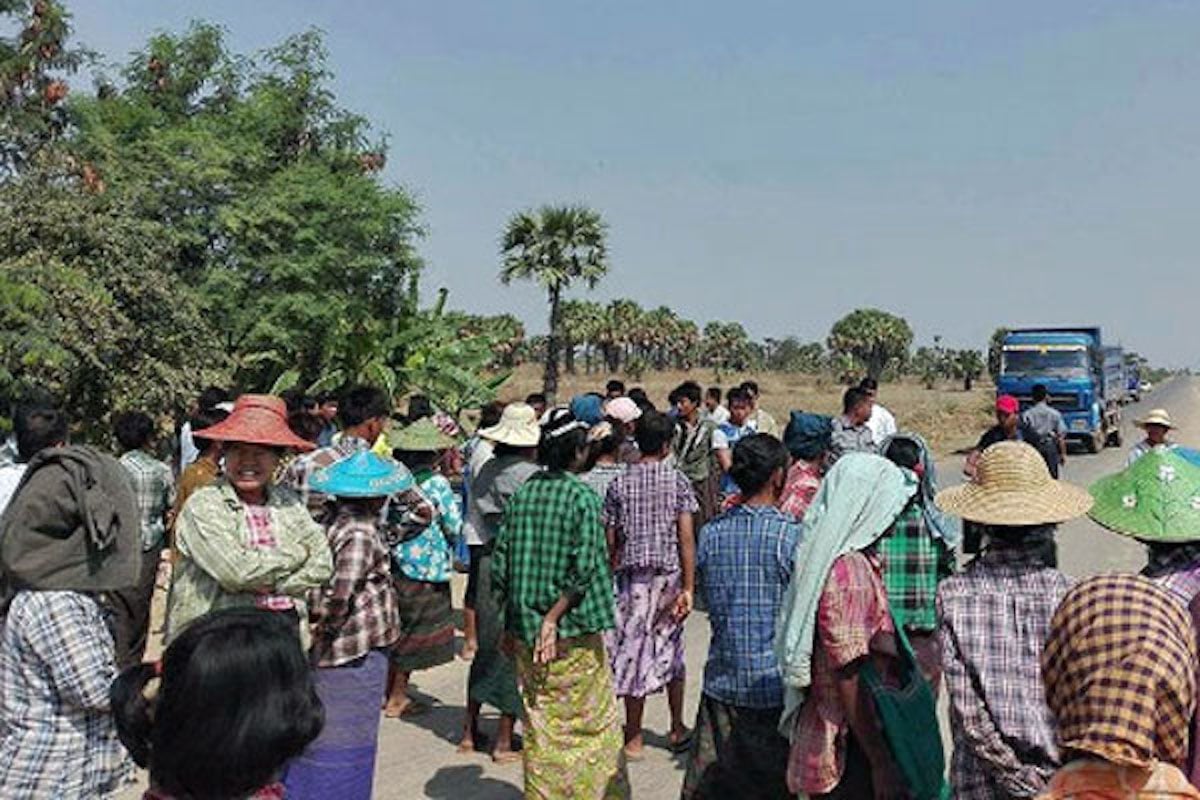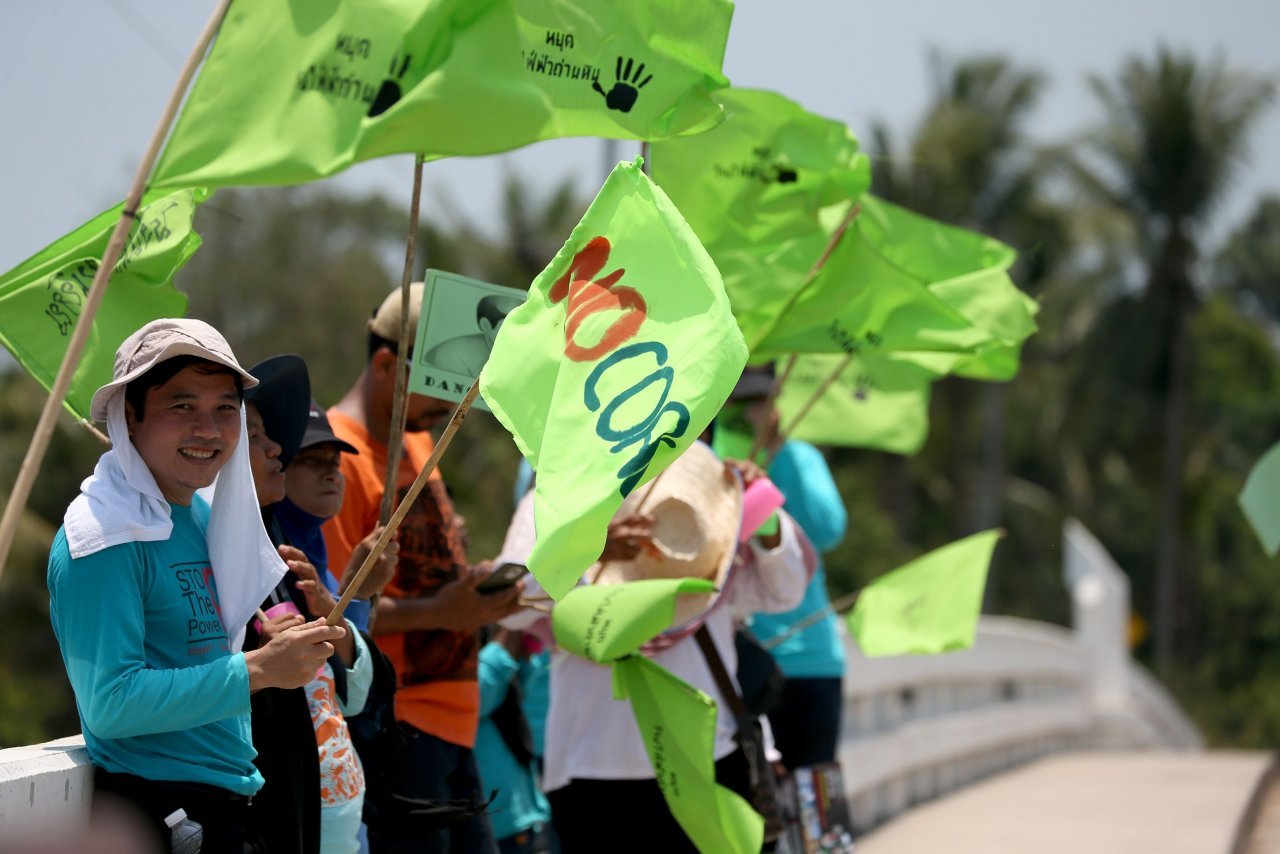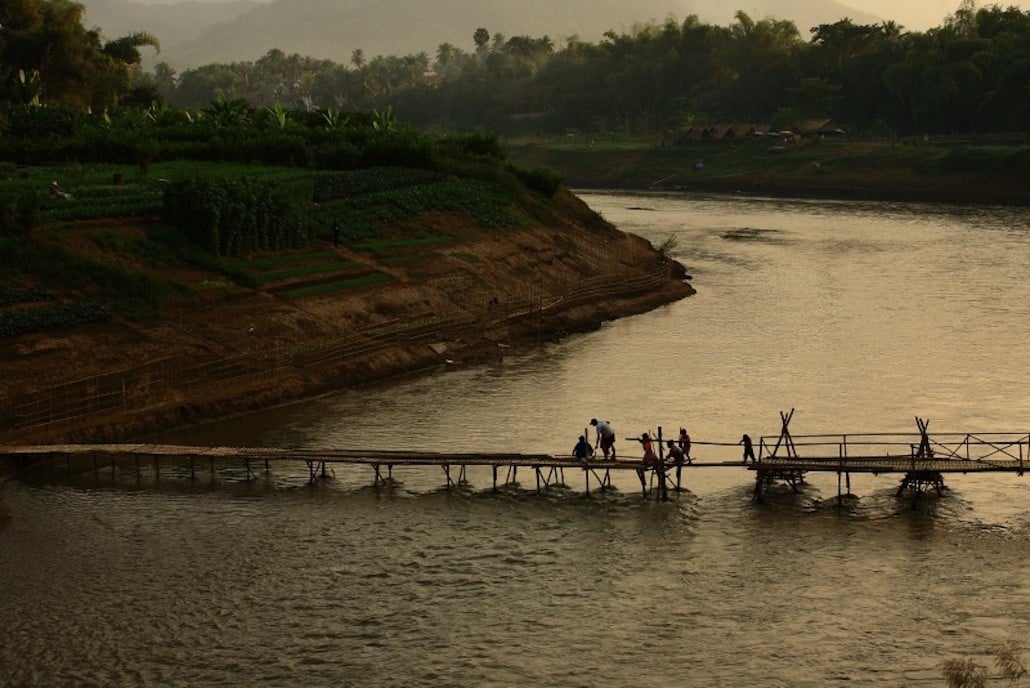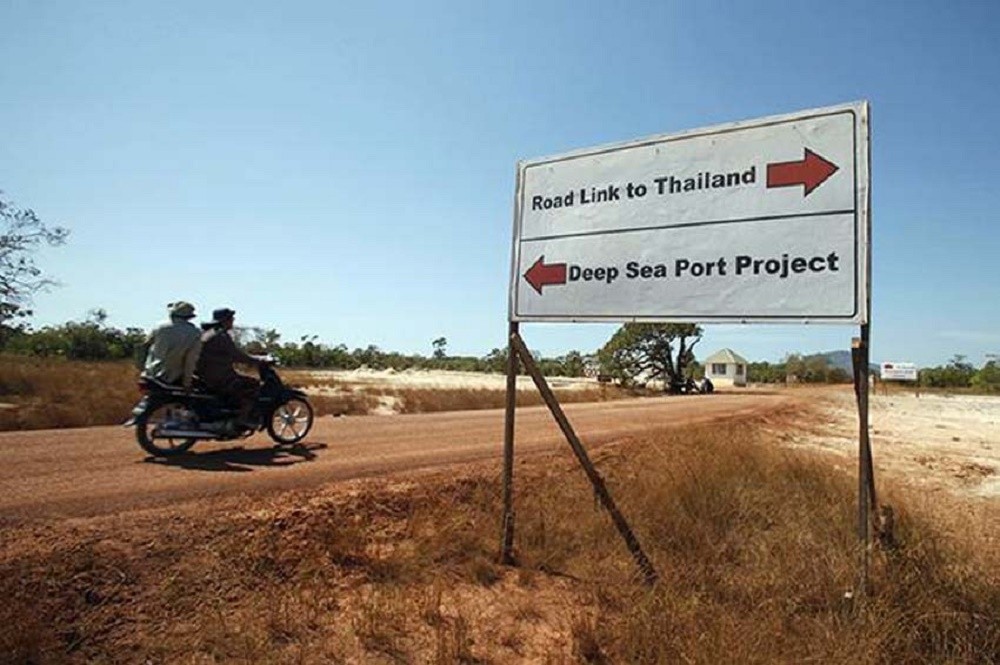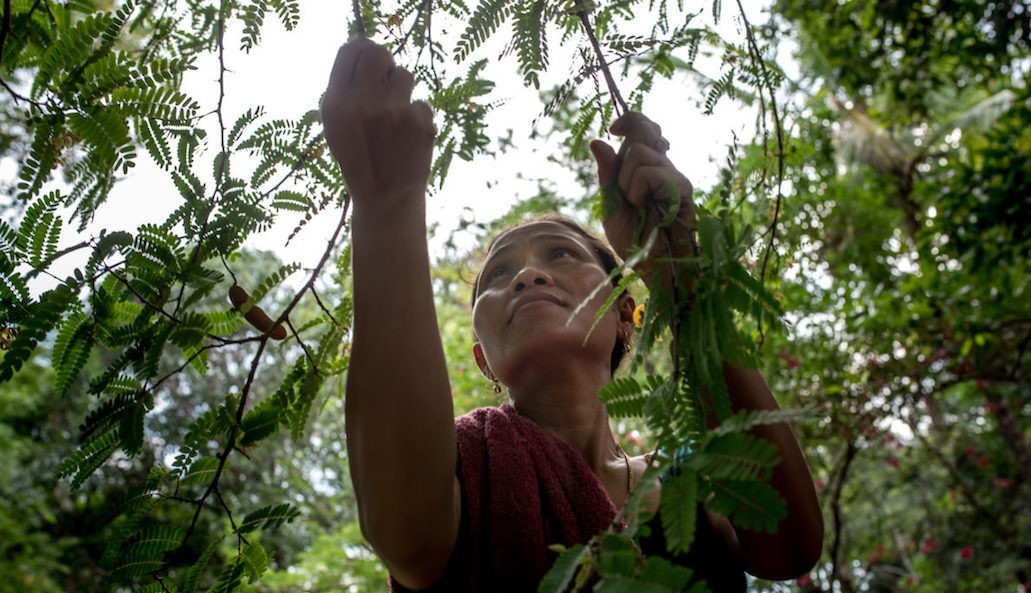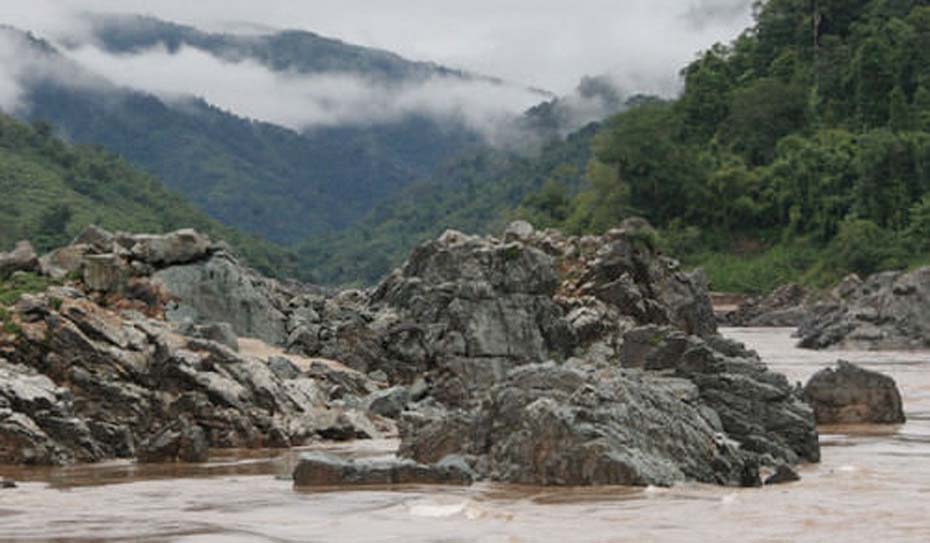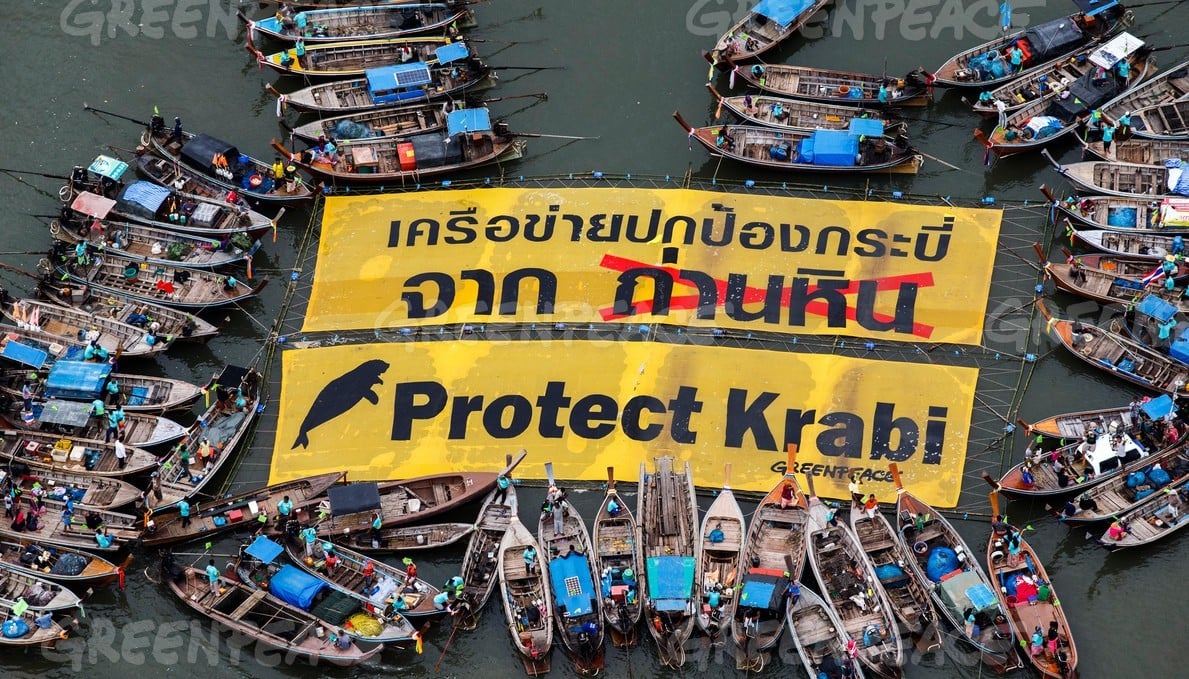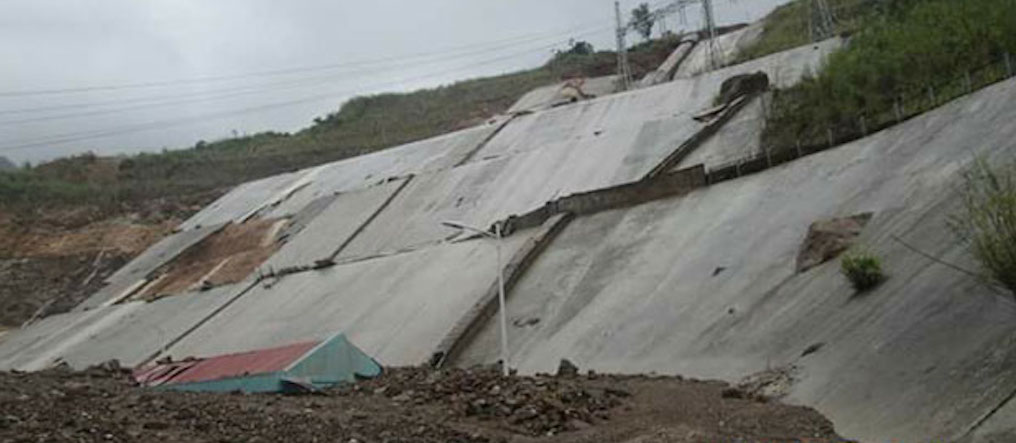Ten villagers have been injured by police who fired rubber bullets at them for blocking a roadway to a controversial Chinese-run Wanbao copper mine.
Tag: local opposition
A fresh chance to boost renewable energy
Cheers went up at the protest site when it was announced that Gen Prayut Chan-o-cha had promised to “set zero” the coal-fired power plant project in Krabi.
But the elation proved to be premature.
The soul of the Mekong is in serious trouble
Prime Minister Prayut Chan-o-cha last week asked reporters why non-governmental organisations (NGOs), environmental activists and academics continue to protest against the planned blasting of rapids in the Mekong River.
He said many of these protesters are outsiders, meaning people who do not live by the riverside, do not fish its waters or make a living from the river and do not, in fact, have any stake in the river at all.
Tanintharyi officials say work on Dawei SEZ could restart
Regional government officials visited Japan last month to discuss that country’s potential participation in the SEZ and reported strong interest.
Before the Flood: can the Bunong culture survive Cambodia’s Sesan II dam?
At a time when much of Cambodia is developing at a breakneck speed, where smartphones and BMWs have become almost as ubiquitous on the streets of Phnom Penh as saffron-robed monks, the village of Kbal Romeas inhabits a world apart. Tucked deep into the jungles of the country’s untamed northeast, the village has no convenience stores, streetlights, or paved roads. Instead, a visitor would be more likely to find a stretched snakeskin nailed to a piece of teak, drying in the midday sun as a testament to the animist beliefs of the people who live there.
Troubled Wings: 7 Birds We May Lose From The Mekong
Much attention has been given to damages that are being inflicted on Mekong fish by massive infrastructure development. But little has been said about another of the region’s most valuable ecological assets: the spectacular birds of the Mekong.
Locals slam Mekong blasting plan
The government’s aim to clear the Mekong River’s rocky outcrops to ensure the smooth passage of large cargo boats has set off alarm bells for environmental activists and locals who fear the ecology in the area will be put at risk.
The Mekong River, known in China as the Lancang River, runs through China, Myanmar, Laos, Thailand, Cambodia and Vietnam over a total distance of 4,880km.
Spare the Mekong
The Prayut Chan-o-cha government made an out-of-the-blue decision that paves the way for the demolition of the Mekong River’s rocky outcrops for the sake of “improved waterway navigation”.
The justification offered is both weak and unjustified. The public was neither consulted nor informed while the well-being of the ecology of the world’s tenth longest river is at risk. And the party gaining the most significant trade benefits will obviously be China.
Decisions due on coal, gas, petroleum auctions
After a year of changes in the global and domestic energy market, Thailand can expect further challenges in the years ahead.
Of these, the most crucial issues are the development of two coal-fired power plants in the South, the retirement of the Erawan and Bongkot gas blocks and the long-delayed 21st round of new concessions for 29 petroleum blocks.
Laos’ Xekaman 3 Dam Break Shuts Off Power to Vietnam
A break in a critical waterway shut down a hydro-electric dam in southern Laos and raised questions about the quality of construction at the facility that sends most of the power it generates to Vietnam.
While officials said the Dec. 16 break in the Xekaman 3 facility’s penstock posed no threat to people living downstream, it marked the second breakdown in the tunnel that channels water to the power turbine, RFA’s Lao Service has learned.


